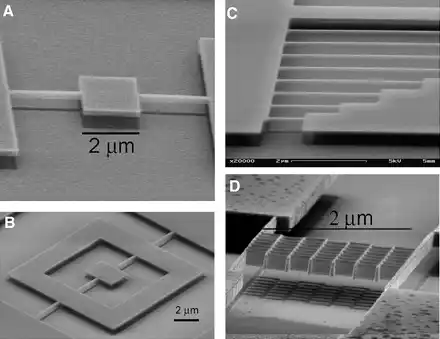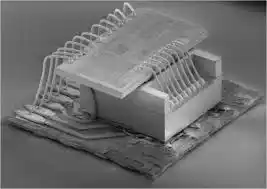افشین رشید
اُستادیار ؛ عضو هیات علمی دانشگاه آزاد اسلامی واحد علوم و تحقیقات تهران
615 یادداشت منتشر شدهGraphene Molecular Nanomemories : A Novel Non-Volatile Charge Trapping Memory Using isolated and Uniformly Distributed Graphene Nanocrystals as Nano-Floating Gates (Nano_Microelectronics)

Note: Graphene molecular nano-memory is a novel non-volatile charge trapping memory using isolated and uniformly distributed graphene nano-crystals as nano-floating gates with controllable capacitance and excellent uniformity. The nano-graphene charge trapping memory with gate exhibits large memory voltage (4.5 V) at low operating voltage (8 V), chemical and thermal stability (1000 °C), as well as tunable memory performance using differential tunneling.
Graphene has outstanding nanoelectronic properties, very high electron mobility and unparalleled conductivity at the nanoscale. It is a superconductor, transporting electrons ten times faster than silicon. These properties make graphene an ideal candidate for next-generation nanoelectronic applications such as graphene molecular nanomemory .

The interaction of the absorbed nano-graphene electrons changes the electrical conductivity of the surface of the Nano Memory Moulcolar graphene molecular nano-memory . The absorption of a small amount of nano-electrons with very low molecular motion changes the resistance of the nano-graphene , which is proportional to the resistance of the Nano Memory Moulcolar graphene molecular nano-memory . The Nano Memory Moulcolar graphene molecular nano-memory is a transparent, flexible nano-graphene floating gate transistor memory device that is fabricated by combining a single-layer graphene active channel with gold nano-particle charge trap elements. Systematically, the sizes of the gold nano-particle charge trap elements, the thickness of the tunneling dielectric layer, and the doping level of graphene are very important in its production. In particular, the conductivity differences ( i.e. , the memory window) between the programming and erasing operations at a specific read gate voltage can be maximized through doping. The resulting molecularly developed graphene nano-memory exhibits excellent programmable nanoscale memory performance compared to previous graphene memory devices and a large memory window (12 V), fast switching speed (1 μs), strong electrical reliability. The graphene molecular nano-memory exhibits unique electronic properties, and its small size, structural robustness, and high performance make it a very promising charge storage medium for nano-memory applications. Along with the development of miniaturized and scaled-up devices, nanostructured graphene is emerging as an ideal material.
Conclusion :
Graphene molecular nano-memory is a novel non-volatile charge trapping memory using isolated and uniformly distributed graphene nano-crystals as nano-floating gates with controllable capacitance and excellent uniformity. The nano-graphene charge trapping memory with gate exhibits large memory voltage (4.5 V) at low operating voltage (8 V), chemical and thermal stability (1000 °C), as well as tunable memory performance using differential tunneling.